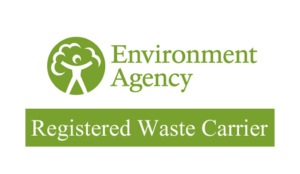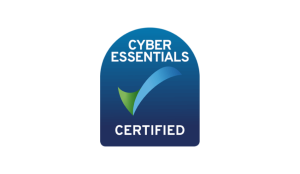ADR Transport – What you need to know
From warehousing to commercial vehicle maintenance, Barnes offers a whole host of logistics services to our customers, but did you know that we also offer ADR transport solutions?
We’re lucky to have such a talented team of drivers who have the capacity to provide ADR services and distribute dangerous goods.
In this blog, we’ll explore what you need to know if you’re looking to become a hazardous goods driver such as safety requirements and the key rules and regulations, as well as what ADR transport is.
What is ADR?
ADR is essentially a set of guidelines and regulations set out by the ‘European Agreement concerning the International Carriage of Dangerous Goods by Road’, or ADR for short.
These regulations are maintained by the UN Economic Commission for Europe and determine the transportation of dangerous goods or hazardous materials by road haulage teams which is completed in line with the guidelines.
This agreement has been in place since the late 1960s and aims to make the transport of dangerous goods across Europe, as safe and secure as possible, with updates made every two years to bring it in line with technological advances.
From packaging to classification, the ADR provides a comprehensive framework for the safe transportation of hazardous goods and covers a range of substances that pose risks to people, property, and the environment such as explosives and corrosive materials.
ADR training
If you’re looking to obtain an ADR Certificate and drive dangerous goods, you will need to have attended an ADR course. The course will consist of a minimum of 3 modules chosen from the 12 available and an exam at the end of each, which you will need to have passed.
At the very least, you will take the mandatory core module along with one from packages, bulk and tanks, as well as a minimum of one of the 9 UN Classes of dangerous goods.
ADR Goods transported by Barnes
Barnes has a talented team of drivers who are qualified to carry dangerous goods classes 1-6, and 8-9, on our fully equipped fleet. They work efficiently and safely to ensure that our customers’ goods are securely and reliably transported from start to finish.
Our designated dangerous goods handlers are always highly qualified with extensive training and their exemplary work is why customers trust us with transporting hazardous equipment.
Guidance on driving ADR transport safely
Once you’ve obtained your ADR certificate and you’re heading out on the road for your first transportation, you first need to check that you’re following the correct procedures to ensure that both you and your vehicle are prepared for the journey ahead.
Preparing your vehicle
Naturally, there are a great deal of rules and regulations when it comes to ADR transport and so it’s important that you fully prepare your vehicle before embarking on a delivery.
Firstly, it’s important to familiarise yourself with the classification of the dangerous goods you’re handling to ensure that you meet their specific handling and transportation requirements.
The next step is to ensure that your vehicle is fit to transport dangerous goods. To meet ADR requirements your lorry should include appropriate warning signs, placards, and labels that indicate the nature of the hazard, as well as contain safety equipment and spill containment kits.
Packaging and loading are also crucial elements of the preparation process and to do both safely it’s vital that you, firstly, use the right containers and packaging that are suitable for the goods you’re about to transport before secondly, ensuring your cargo is properly secured to prevent any movement on the journey.
Administrative procedures
It may not be the most glamorous side of the job but when it comes to ADR, admin is critical and will make life a whole lot easier.
Whenever you’re assigned to an ADR job, make sure that you maintain accurate records of your activities and include details of the goods you’ve transported, any incidents or accidents that occur and routes taken.
In terms of the routes you take, careful planning is a necessity so that you can consider any restrictions or regulations and any prohibited roads that contain tunnels or low bridges.
Before you set off, be sure to double check that you have the necessary documents for the journey which may include a transport document, safety data sheet for each substance and any relevant permits or licenses.
Keeping yourself safe
To ensure safe transit, remember to wear any necessary PPE to protect yourself at every stage of the delivery and clearly display the appropriate hazard ID number and class on your vehicle to alert other road users to the nature of your journey.
It’s also important that you know exactly what to do in the event of an incident such as a spillage, leak, or accident, so make sure that you familiarise yourself with the emergency procedures including which emergency services to contact and the prescribed safety measures.
Finally, as an ADR driver, it’s absolutely essential that stay up to date with the latest regulations and requirements through regular refresher courses as this can ensure that you’re in the best position to transport dangerous goods as safely as possible.
If you’re interested in our safe and secure ADR transport solutions, get in touch with us today!









